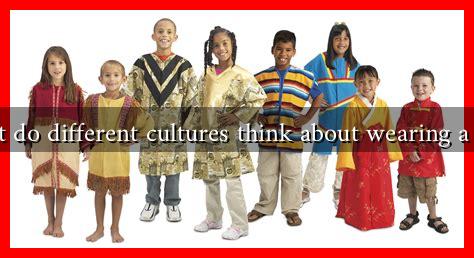-
Table of Contents
What Do Different Cultures Think About Wearing a Veil?
The practice of wearing a veil has deep cultural, religious, and social significance across various societies. From the hijab in Islamic cultures to the mantilla in Spanish traditions, veils serve as symbols of identity, modesty, and sometimes, resistance. This article explores the diverse perspectives on veiling across different cultures, examining the reasons behind the practice and the implications it carries.
The Veil in Islamic Cultures
In many Islamic cultures, the veil is a significant expression of faith and identity. The hijab, which covers the hair and neck, is worn by many Muslim women as an act of obedience to God and a reflection of their cultural heritage. The Quran mentions modesty, which many interpret as a directive to wear the hijab.
- Religious Significance: For many Muslim women, wearing a hijab is a personal choice that signifies their devotion to Islam.
- Empowerment: Some women view the hijab as a form of empowerment, allowing them to control how they are perceived in society.
- Varied Interpretations: The interpretation of veiling varies widely among different Islamic sects and cultures, leading to diverse practices.
In countries like Saudi Arabia and Iran, wearing a veil is mandated by law, while in more liberal societies, such as Turkey and Indonesia, it is often a personal choice. A 2017 study by the Pew Research Center found that about 62% of Muslim women in the Middle East and North Africa wear a hijab, reflecting both cultural and religious influences.
Veiling in Western Cultures
In Western societies, the veil often carries different connotations. While some view it as a symbol of oppression, others see it as a form of personal expression. The debate surrounding the hijab in countries like France and the United States highlights the complexities of cultural integration and individual rights.
- Secularism vs. Religious Expression: In France, the 2004 law banning conspicuous religious symbols in schools, including the hijab, sparked significant debate about secularism and freedom of expression.
- Feminist Perspectives: Some feminist groups argue that the hijab is a tool of patriarchy, while others defend a woman’s right to choose to wear it as an expression of autonomy.
In the United States, the conversation around veiling is often framed within the context of multiculturalism and religious freedom. Many American Muslim women choose to wear the hijab as a way to assert their identity in a diverse society.
Veils in Other Cultures
Beyond Islamic traditions, veils appear in various forms across different cultures, each carrying unique meanings.
- Spanish Mantilla: In Spain, the mantilla is a lace veil worn during religious ceremonies, symbolizing respect and tradition.
- Bridal Veils: In many cultures, bridal veils symbolize purity and modesty, often worn during wedding ceremonies.
- Veils in African Cultures: In some African cultures, veils are worn as part of traditional attire, signifying status and cultural identity.
For instance, in Ethiopia, the traditional “shamma” is a type of veil worn by women during religious ceremonies, reflecting both cultural heritage and spiritual devotion.
Contemporary Perspectives and Challenges
The conversation around veiling continues to evolve, particularly in light of globalization and changing societal norms. Women who choose to wear veils often face challenges, including discrimination and misunderstanding.
- Islamophobia: In many Western countries, Muslim women wearing hijabs have reported increased instances of discrimination and harassment.
- Media Representation: The portrayal of veiled women in media often perpetuates stereotypes, leading to a lack of understanding of their choices.
However, movements advocating for the rights of women to choose their attire are gaining momentum. Organizations like Hijabi Hub work to empower women and promote understanding of the hijab as a personal choice rather than a symbol of oppression.
Conclusion
The perspectives on wearing a veil are as diverse as the cultures that practice it. While in some societies, it is a deeply rooted tradition symbolizing faith and identity, in others, it raises questions about freedom and autonomy. Understanding these varied viewpoints is crucial in fostering dialogue and respect among different cultures. As the world becomes increasingly interconnected, the conversation around veiling will continue to evolve, reflecting broader societal changes and the ongoing struggle for women’s rights and personal expression.


